Archives by Year
Categories
Text for Thought
Colossians 3: Let the peace of Christ rule in your hearts, since as members of one body you were called to peace. And be thankful. Let the message of Christ dwell among you richly as you teach and admonish one another with all wisdom through psalms, hymns, and songs from the Spirit, singing to God with gratitude in your hearts. And whatever you do, whether in word or deed, do it all in the name of the Lord Jesus, giving thanks to God the Father through him.

































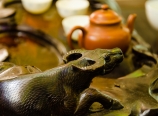















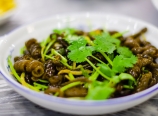







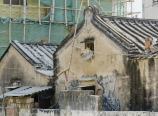

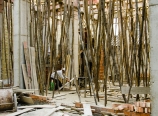
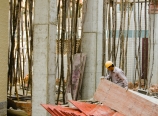

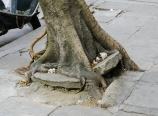
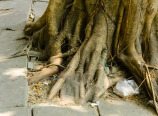











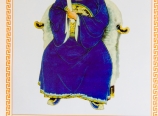









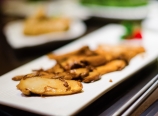






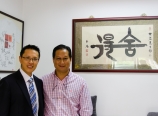
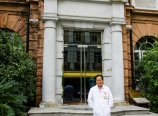
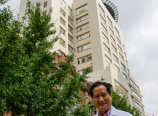
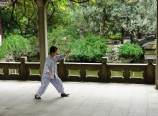

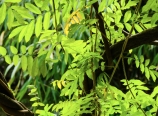




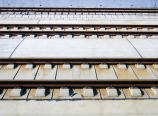
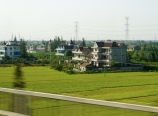
















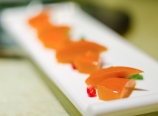


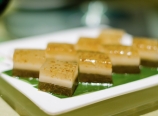





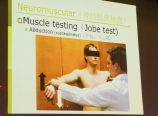













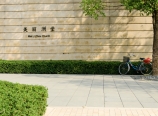


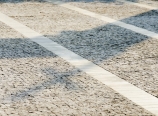
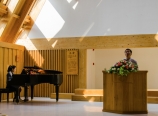
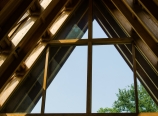


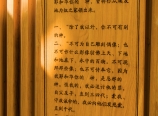
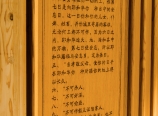
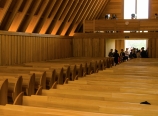









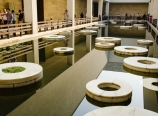















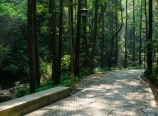



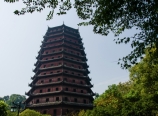





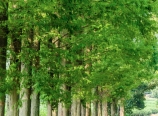












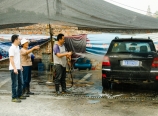




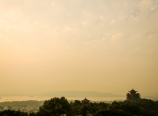
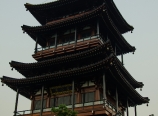


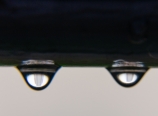



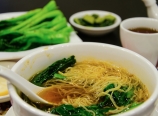

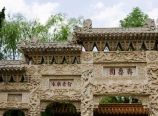

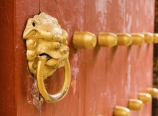
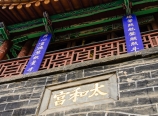


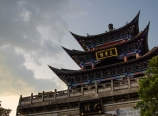
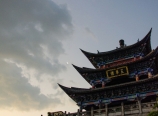
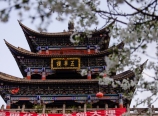

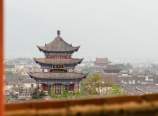





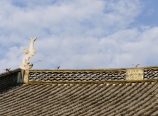







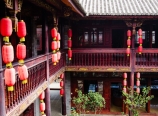
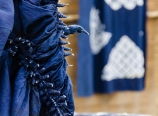
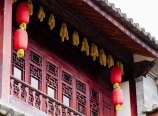

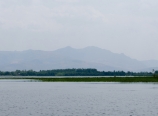










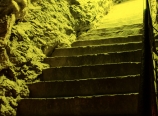

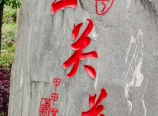


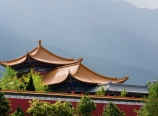

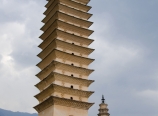

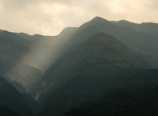

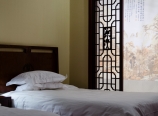



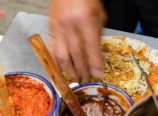

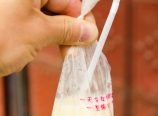





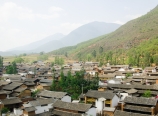
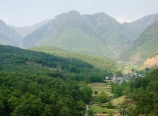

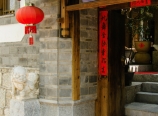
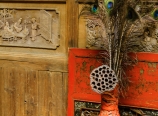
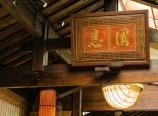
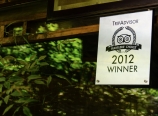
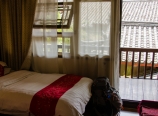
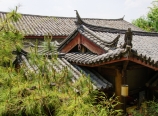
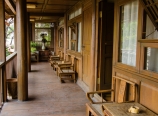

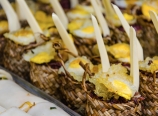


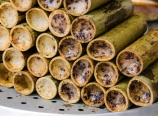
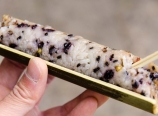


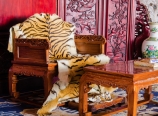










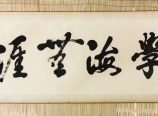




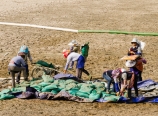


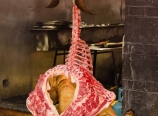
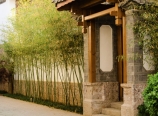
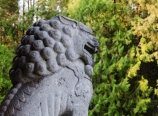
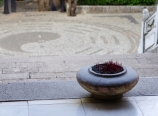
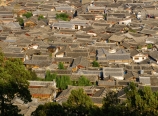
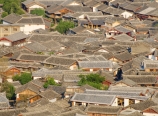
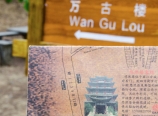
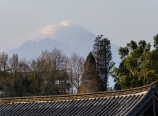
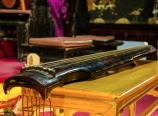







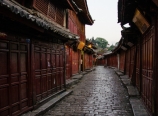




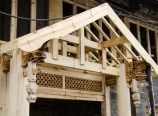


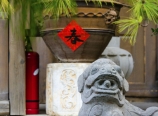
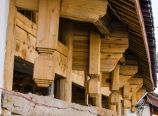

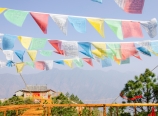
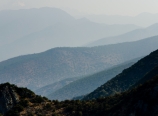
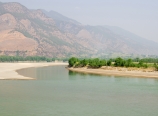


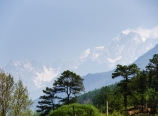




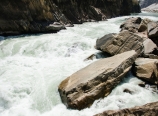
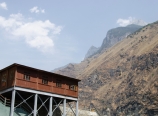
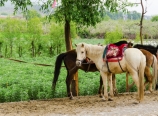


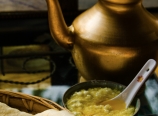
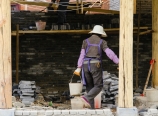
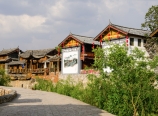


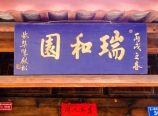
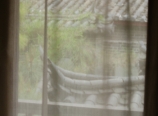


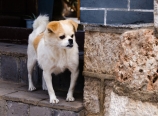
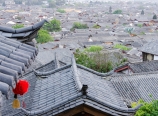
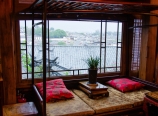
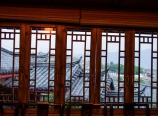
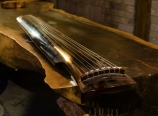

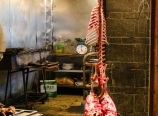


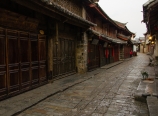


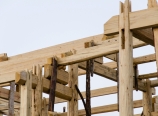
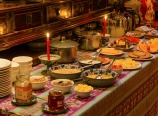
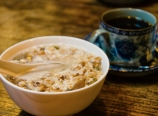


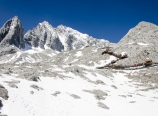




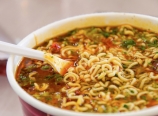
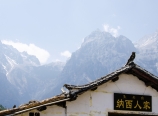
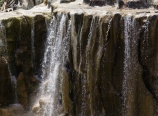
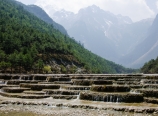

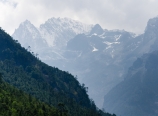


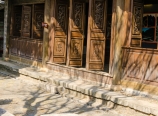
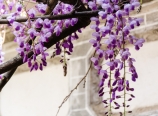
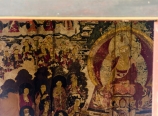

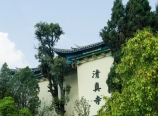


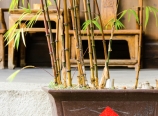

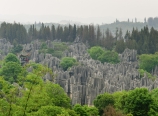


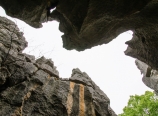


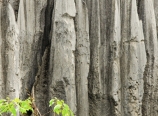




















































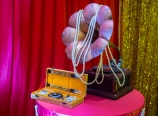
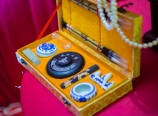







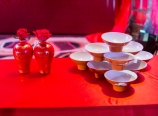






















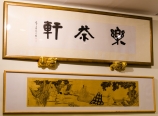
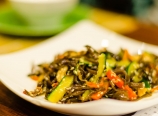
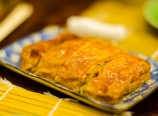
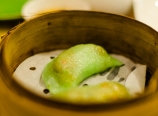

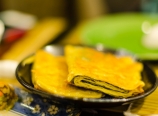
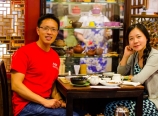
I have been researching guqin recently, the photos of qin construction were well done… how did you design the template overlay for the cuts, also … for the routering ? I would like to make my own qin (although I am thinking of using nylon strings
Thanks for the comments.
I read the instructions from Yuguzhai Qinpu (Abiding with Antiquity). There’s an English translation by Jim Binkley who lives in Portland, OR. Basically, the instructions are in words (draw a straight line, mark off 12 divisions, inscribe a curve, etc.) I translated that into math and just plotted it. But, I deviated a little but and tweaked the formula to get a wider instrument so I can play with the profile. Then I drew lines on the boards and routed away. I think I was too detailed, and if I do this again, I would make less contour lines. It was too tedious. Do you play, and where are you located?
Thanks for such a fast response… I have just started reading the book Yuguzhai Qinpu (Abiding with Antiquity) now… 🙂 I am at the very beginning in this pursuit … but I have heard that a long journey begins with but one step… 🙂 I will try to duplicate your method of translating into math formula… do you mind if I consult with you if I run into problems?
That should be fine. Let me know whenever.
By the way, which city/state/country are you in?
(I’m working on restructuring my blog, so links might change. You should be able to re-navigate back through my homepage.)
Hi Danny,
What software did you use to plot the template? Also… which do you think is better, the silk string or the nylon/metal string…
appreciate it… currently in Dallas area, Texas
My name is zhangwenlong. I come from The Second Hospital of TangShan.I am a hand surgery doctor and want to touch with you.
It’s ZhengXuGuang who tell me your website.
My QQ number is 120467060.
Hope your reply.
Good to hear from you. I don’t have QQ. Email is best. Feel free to write me. wongworawat@gmail.com. Please send my regards to all my friends: Dr. Zhang, Dr. Zheng, Dr. Wang, Zhang JunJun.
Calculated contour lines and just plotted them x-y. Any simple program will work. Silk is very painful to deal with. The sound is rough. It goes out of tune constantly. Do you play?
thanks for the tip about silk strings… it saddens me to hear it though… I listened to “Wild Geese Descend On a Sandbank” played using silk string, and again using metal/nylon string… while not as loud, there was distinctive overtones… the research I did said the silk string last about 7 years… good sound between years 2-5… normally breaks at the point of contact at the bridge… extend life through splicing in more silk string at the point of breakage…
I am literally just beginning… doing my background research first… studying the structure of the instrument…
Hi Danny, as I slowly inch forward in my understanding of matters related to guqin… I noticed you are using a transduction pickup… why did you go that route? I have another question… did you vary the depth of the wood to accommodate the thickness of the string above it… thicker under the lower tone… thinner under the higher tone? I read this technique is used to facilitate the transmission of the formant frequencies into the sound chamber…
I happened to have that pickup from another instrument, so I just transferred it over. No other reason in particular.
About the thickness: guitars have struts, and violins have the bass bar. In the guqin, because the design already calls for wood to be left thicker across from the soundholes, I didn’t vary the thickness.
Oh my goodness, it looks so real, saturated with blood! Believe it must be fresh harvest, straight from OR with the operating room basin at the bottom. Well done, Danny. I vote this is the best dish for the Halloween. Believe that the ancient kings would love this dip better than the real monkey’s brain that they had!!
Thanks so much. Had such a good time making it.
Nice idea! Looks great and I am sure tasted the same…
So glad I’m vegetarian.
Danny, Beautiful loaf of artisinal bread. You are truly a polymath. Talents in all areas. There is magic in a great loaf of bread, some say religion is found in proper bread. Thanks for sharing.
Thanks, Monte. I love this basic bread recipe. It’s so simple yet wonderful. Chris Jobe shared the original recipe with me, and I think the olives add another dimension of complexity—a great loaf, especially with some assorted cheeses.
a good time
《歸去來兮辭》, 一首很好的辭賦。
加上古琴伴奏,意境更深!
前一段片子,燭光昏暗,好像更能襯托出
陶潛心裡的困鎖,他對家的相思……
這一段,以大自然秀麗景色為背景,
也能配合陶某喜歡農村生活的情趣
自己對勞動的感受。
陶某詩文辭賦的風格淡雅自然,優美含蓄,
一反當時的追求形式、內容空洞的文風,
對後世文學有很大的影響。
安息日來臨的前夕,
有如斯幽雅高尚情操文字
與扣人心弦音樂的洗滌,
真的是於我心有戚戚焉!
Hi Danny,
Your blog and photos are beautiful! The photo you took of the mountains from our condo is stunning! We are happy we could play a small part in your amazing family trip to the Canadian Rockies. Please come back and visit us again!
Mike & Rachel
MWL Luxury Rentals
Hi Danny, I’m in Kunming now getting ready to begin building my guqin.
My son gave me an older version of Mathcad his teacher had around so i will that for the calculations. I’ve been learning to play the guqin in Kunming 🙂
I changed out the strings on my qin… the silk strings are much easier on my fingers and I like the sound more than the steel strings…. i coated the strings with candle wax and rubbed the wax into the string using a cotton cloth before using them… the first two weeks I had to adjust the strings constantly as they stretched out… however, after two weeks they settled in… several months now… they don’t change at all…
what kind of wood did you use for the bridge?
Hardwood, like jujube or rosewood. I just met with Jim Binkley and had a nice talk. He and several other makers and I agree that the author of Yuguzhai probably never made a guqin.
HEIIO!健盛!终于看到你们上次来澄海的照片了。拍得不错,good!
Dear Danny, I am looking to build my first Guqin and need help on the dimensions. Any information would be willing to give would be greatly appreciated.
All the best, Scott
Good to hear from you. I mapped out the dimensions from Yuguzhai Qinpu, and then tweaked it. I recently started taking lessons, and my teacher said the top needs to be a little more rounded, so you might want to modify. Also, I had the chance to finally meet Jim Binkley, who translated the original construction text. His impression was exactly the same as mine–that the author of the Yuguzhai probably never made a guqin before. Following the directions precisely (what I did the first time) ended up yielding an instrument that doesn’t play well. Feel free to e-mail me: wongworawat@gmail.com. Where are you located, and what inspired you?
That’s a lot of pieces to be taught within one lesson. To top that off, new pieces every time? I’m surprised that you can remember them all within such a short time! Props to you, Dr. Wong, for your impressive memory.
And oh, don’t forget to enjoy the music and chew slowly. 🙂
Taking lessons has been a lot of fun and very rewarding. I started at the end of April, and progress has been good. So far, I’ve learned nine pieces, in order: 仙翁操, 湘江怨, 古琴吟, 秋風詞, 歸去來辭, 良宵引, 酒狂, 極樂吟, 陽關三疊. I’ve enjoyed every bit of it. I don’t try to rush my teacher in my twice-monthly lessons; he just gives me pieces as he sees fit. Looking forward to my next lesson this upcoming Sunday, July 15. (By the way, I had enjoyed looking through Toronto Guqin Society’s website and your bio. I self-taught as well, years ago, and it’s nice to finally take real lessons.)
Hi Danny, I hope to start construct my Guqin within two months… I have been gathering supplies and tools… I just finished playing 阳关三叠… I would appreciate your feedback on my playing… It is only 1.6 meg… Can I send it to you?
Sure. Just e-mail me. Are you in Kunming or in TX?
wongworawat@gmail.com
I’m trying out your recipe tnight. Don’t have marinade, will see how it turn out. Thanks for sharing.
Hello,
My name is Richard Houghten. I am a musician and composer. I really want to ask Lui PuiYuen a question and have no idea how to get a hold of him. Any info would be be so much appreciated! That’s really cool that you have started taking lessons. I too am really interested in starting. Thanks so much
From Richard
I can probably ask him for you. My lesson is this Sunday. You can try calling him too… do you speak Chinese? And are you still in Seattle?
Now that Fall and cooler temps are approaching, it is a good time to plant brassicas (Cruciferae). I am hoping to have some seedlings for you at my upcoming appointment (broken wrist, no cast due to CRPS). They are rare forms from Italy. I also have many succulents you are welcome to dig up for your garden, etc. And the huge pot of vetiver….
I enjoy visiting your website from time to time. I am delighted my adopted town has a polymath of such amazing abilities! I do hope we can exchange garden visits at some point.
Best wishes,
Marjory Harris (Cielo Lane)
Thanks, Marjory. I don’t consider myself a polymath…but, I do enjoy growing interesting vegetables. Brassicas sound wonderful. I just harvested my last cabbage and cauliflower. A garden exchange visit would be good, maybe in the fall after I get some things in order.
Hi Dr. Wongworawat:
What was the inspiration/impetus for using fiberglass mesh as a soundboard protectant instead of the more traditional mud? I find that aspect of your work along with the meticulous attention to detail intriguing.
Hi Thomas,
The traditional material was not mud, but rather, the sap from the lacquer tree, which is related to the cashew and poison ivy. The compound, urushiol, undergoes oxidative polymerization to form a plastic-like material (you can look up the compound urushiol online). Then, to give it more durability, the ancients used deer horn powder and other additives, like rust water and bile juice. I am by no means a purist. If the ancients were here today, they would probably look for a modern equivalent for the urushiol. I chose epoxy polymer. And instead of going out and finding deer horn and rust water, I chose marine fiberglass. It virtually disappears under epoxy and has worked very well.
Best regards
Beutiful garden
hi, my wife really like photos that you took for us , and wonder if you could send the original pics to us (using files share website like Dropbox or other).
I want know which software you build your website, wordpress? could you give the RSS link, so I can read your articles in Google Reader?
Hi Danny,
I came across your video while searching for information about Guqin. I am also learning Guqin and had my fourth lesson last week. I hope I can play as well as you by my tenth lesson. I plan one day make my own Guqin as well.
Chen Hao
Your guqin skills are awesome! How long did it take you to learn and how long have you been playing? I am also interested in starting.
Best Regards
Thanks, Frank. I started taking lessons several months ago–April 22. So, it was 4 1/2 months when I recorded this piece. Basically, I’m still a beginner.
You play real well and I guessed you are not Chinese educated. May I have the contact details of your teacher, so that I can also learn of him? I only play the guzheng, and I have been wanting to learn the guqing.
สวัสดีปีใหม่ คุณอภิสิทธิ์ โปรดติดต่อกลับทางโทรศัพท์มาหาเพื่อนเก่า 082 3244245 หรือ02 3938784 ด่วน จาก แซ่ม่อย วนิดา
黄教授既然来到中国应该通知我或郑煦光一下,以尽我们地主之谊,千万不要客气!
Good Morning Danny,
I’ve known Brad for many years and have heard countless stories about you and your “hikes”. This was the first time he shared your website and pictures. The pictures and your journal are a beautiful description of your “hike” while your “text for thought” capture the essence of life on earth through HIM. Best depicted in “sun rise” and “star trails” in my opinion. We serve a wonderfully magnificent powerful and awesome GOD. What a privilege we have to Heal in HIS Mighty Name, JESUS. Thank you for sharing your journey. Phillip
Simply beautiful. Loved this.
Thank you 🙂
So great to see you Danny! Sounds good.
Doctor Wongworawat this is great!
Nice pictures, and thank you for your kind invitation to your home to have thanksgiving dinner! Hope to meet you in Hangzhou!
Hi, I’m a friend of Denny Lin’s. I’m wondering if this is your own arrangement. This hymn is also one of my favorites and I would very much like to obtain a score of this organ arrangement if possible. Thanks! p.s. I found this blogpost through your YouTube channel after seeing Denny’s share on FB of your Three Variations of the Plum Blossom Theme. Very impressive!
Hi Amelia, this is the arrangement by Wilber Held, found in Six Carol Settings, Concordia Publishing House, 1970. Back when I was taken lessons through the USC connection, I came across the piece in the instruction book, The Organists’ Manual: Technical Studies & Selected Compositions for the Organ by Roger E. Davis.
Thank you!
Hi Dr.Wong,
My name is linda xiao.That is very impressive you taught yourself playing GuZheng.The sound is very beautiful.I love it. I am from China 9 years old. I met you and your family when I just started working in southern CA. I am a RN.I go to Chinese Church sometime in loma linda.Me and my daughter saw you translated twice in chinese, very cool.
I live in Loma linda now.I have a daughter who is 24 years old just graduated from canada university last year. Her major is bio-chemistry and thinking about applying medical school.I hope you guys can become friend .
Thank YOU!
Linda Xiao
Well, I have been taking lessons from a master, and this is actually guqin 古琴, which is very different than guzheng 古筝. See you at church.
I see.I thought it was GuZheng.See you at church.
perfect
I am looking for an instructor in Southern California area (preferably Pasadena/San Gabriel Valley area but even Orange County is fine)to learn guqin. I would appreciate contact information for any potential instructors. Please kindly communicate with me via my email address.
Thank you.
Dr. Chan
Hi.
My name is Magnus and I’m from Sweden. I have recently started an interest in the Guqin music and instrument and are currently in the planning for making one, or try at least.
I don’t know at the moment if I’m going to all the way and mix deer horn powder and sap or use fiberglass swell. It depends on what materials i can acquire since it might be difficult to get.
I have some questionmaks that I’m slightly stuck on at the moment and i was hoping if i could ask you about how you made your Guqins as help.
I was wondering about your “string eyes” or “string holes” that goes through the Cheng lu and the Peg pool. If you drilled the holes vertical or in an angle.
What type of glue did you use when glueing all the parts together?
I am also wondering about what type of wood you used for the top/botton part as well as the thickness of the top part after you hollowed it out. the thickness might be found in your calculations and i might have missed it.
My grandfather’s favourite poem.
Hi Danny, what a beautiful tribute to Grandma Tan. Thinking of and praying for you and the whole family as you remember and honor her. Looking forward to the day when we can meet her again in the clouds of glory.
Chari
Your photos are awesome and bring back such wonderful backpacking memories! And what a marvelous menu you have! Thanks for the great vicarious experience of going over these trails again.
Barbara, we had such an amazing time. The company was fantastic. It was a great experience to make new friendships and re-define old ones…a wonderful way to revitalize!
Do you any one to recommend in San Francisco to take lessons?
Hello Danny,
Could I ask you a question about Guqin making? If you have a suitable email address?
If you are too busy no problem.
Thank you,
James
Danny,
This is Qin. I was a loma linda resident and worked with you during my ortho rotation 🙂 . I am practicing at Kaiser Santa Clara since 2013. My husband and I checked your website from time to time and we are always amazed by what a talent doctor you are ! We are your slient fans . Last night I read this message and know that you are getting MARRIED soon in a few weeks. We both are very happy for you and I think I must send this message to you as a “silent” fans of you. Best wishes to you and your family. I am really happy for you and yan.
Warmest greetings,
Qin